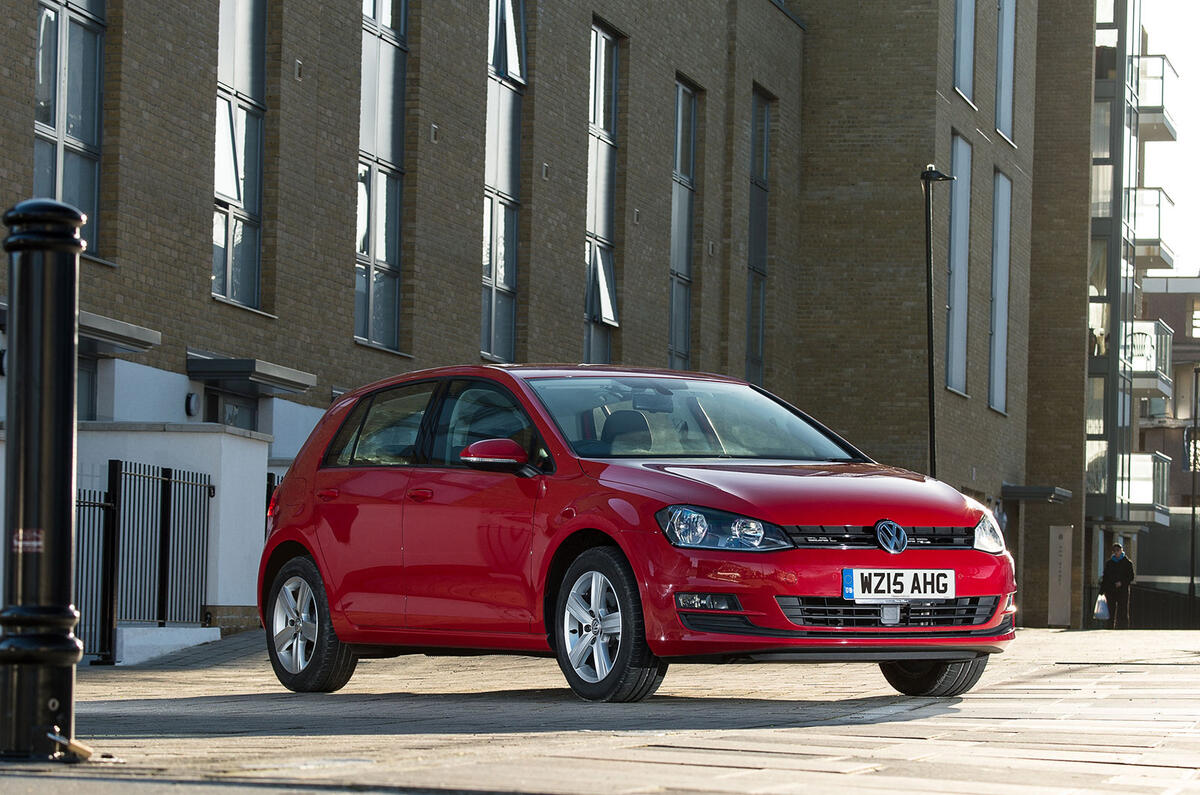Whether the VW diesel crisis promotes a dramatic shake-up in the way cars are designed, engineered and regulated is open to debate.
Experience suggests it will make some difference in all three, but that the automotive world will largely continue as before while VW fights multiple ‘headwinds’.
A business-as-usual approach is pretty welcome for all sorts of reasons, but there is one area where the industry has to reform – its approach to the forthcoming WLTP.
For the uninitiated the WLTP is the World Light-vehicle Test Programme – a global vehicle standard for measuring fuel economy and emissions.
Negotiated under the umbrella of the United Nations Economic Commission for Europe, which first created a framework to promote international trade in vehicles in the 1950s, the WLTP is intended to streamline three regional tests into one global standard.
It is a laudable aim, turning Europe’s NEDC (EUDC 1990) test, the US FTP test and Japan JC08 test into one test that will make design and development much easier and cheaper for car companies.
But as can be imagined with so much at stake, the body is about to agree a test procedure very similar to today’s and which will not result in major gains in mpg or reduction in CO2 and pollutants.
It is still not fully-signed off and its introduction date keeps being put back, which means that a test with its origins in a 1960s idea to create an ‘official’ mpg figure to replace dubious manufacturer figures, will still be in force in 2019.
Many in the car industry will be relieved. But my feeling is that the WLTP should be used by the industry to demonstrate its determination to clampdown on pollutants in use.
The price may well be that CO2 targets have to be slightly modified for a decade, putting the headline 95g/km fleet average by 2020 under the microscope.
My understanding is that the WLTP figures will have to be ‘converted’ backwards to be compatible with the previous system, anyway, so that the 95g/km can remain inviolate.




Join the debate
Add your comment
Why has this been allowed to go on?
Ok, so international targets etc. may take a while to agree on but why hasn't a body like the Advertising Standard Agency required manufacturers to display real world figures alongside the NEDC ones as soon as the divergent MPG/Co2 figures came to light seven or eight years ago?
Getting a reasonable figure isn't a process that takes a lot of effort and while an official test procedure is required in the long term to ensure consistency and fairness the requirement for real world figures should have taken precedence in the short term.
It should still if they've pushed the WLTP back to 2020.
Testing needs to be carried out independently